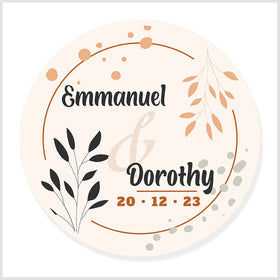Envelope Budgeting System - An Easy Way To Budget Plan
An envelope budgeting system makes it easy to plan your
budget. This
budgeting system is easy to use even for young children because you can see
exactly where your money goes. The
envelope budgeting system allows you to see and feel where your money is going. This envelope budgeting system can be used to budget your
household expenses and can even be used to reduce debt.
It is easy to plan a budget and stick to it using
envelopes. You will
only need items that are easily available and affordable. These skills are similar to those a primary child would
know.
What are the most common supplies that you'll need? Envelopes are the first thing you'll need to create your envelope budgeting system. A pen or pencil is the second item that you will require. You don't have to worry about not having a pencil or pen, as a crayon or marker is also possible. a5 hard back envelope When you're dealing with money figures, a calculator is always a good choice. It is important to double-check your work, even if you love working with numbers. Your bills are the last thing you need. To make it easy to create your envelope budgeting system, gather all your bills in one place.
This is how you'll proceed once you have all your
supplies. You will
need an envelope for each bill. To do
this, you will need to create an envelope. Next, determine how much money you need to pay the bill and
when it is due. This information is useful
to include on the envelope. Divide the
total amount due by how many pay dates you have each month. Any pay schedule can be used to create an envelope budgeting
system. This is the amount you will need
to place in the envelope for each pay day. This should be clearly written on the envelope.
For each bill, follow the same process. Next, let's look at the
expenses that aren't billed. These
expenses include gas, food, savings, and fun. Budgeting does not mean sacrificing all the fun things. It
means that you plan for them.
Follow the same steps as for bills to cover non-billed
expenses. Begin by
making an envelope for each expense. Start
by figuring out how much you spend on each expense on an average month. Or,
what you consider a reasonable amount. As
the total amount due each monthly, write that number on the envelope. Divide your total amount by the number pay dates that you
have each month and put the result on the envelope. This is how much cash you'll need to pay each month.
It is important to treat every envelope with equal
importance. The
envelopes are equally important in terms of having fun, saving money, and
paying your electric bill. You will know
exactly how much you can spend or pay each month if you put the cash in each
envelope on each pay date.
The envelope budgeting system works for all income and
bill due dates. It is as
simple as dividing the amount due on the due day by the number pay dates
between due dates. These are just a few
examples of common bills that aren't due every month.
Car insurance is often a bill that's due every six
months. This is the
way you would set it up if you get paid once per week. Let's suppose that you have $400 in insurance due every six
months. In that 6-month period, there
would be 26 pay periods. Divide the amount
due by the number pay periods. The result
would be $400 divided by 26, which would give you $15.38. When you get paid, add $15.38 to the car insurance envelope. This weekly amount should be written down on your envelope
to ensure that you don't forget!




Comments
Post a Comment